
“It was very eerie to see the stern deck of the ship so close to the water,” writes Swamplot reader J.W. Lodge IV, who visited the leaking Battleship Texas by boat yesterday, and who notes that a news story from Friday linked to in this morning’s Headlines post — which claimed that the dual-world-war veteran parked by the San Jacinto Monument had been repaired and reopened — seemed a bit off. “As far as I can tell they’ve got a long way to go with the pumps,” he reports. The ship was reopened for tours on Saturday, but beginning that evening more problems developed. As of this morning, about 1,500 gallons of ship-channel water were pouring in each minute, from 2 separate areas of new leaks in the vessel’s rear port side. Also developing in the water around the ship: an oil sheen.
- USS Texas springs more leaks; 1,500 gallons per minute leaking [Houston Chronicle]
Photo from Sunday: J.W. Lodge IV


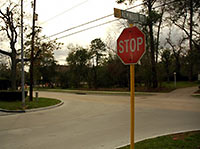 A waterflow restrictor the city of Piney Point Village secretly installed in a new stormwater system it shares with Hunters Creek Village is now the focus of 2 separate lawsuits. The latest, filed last week, includes claims that the bricked-up storm drain — narrowing a culvert under Hedwig Rd. connecting the 2 Memorial villages from 36 to about 8 inches — effectively
A waterflow restrictor the city of Piney Point Village secretly installed in a new stormwater system it shares with Hunters Creek Village is now the focus of 2 separate lawsuits. The latest, filed last week, includes claims that the bricked-up storm drain — narrowing a culvert under Hedwig Rd. connecting the 2 Memorial villages from 36 to about 8 inches — effectively 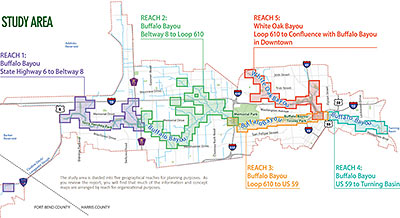
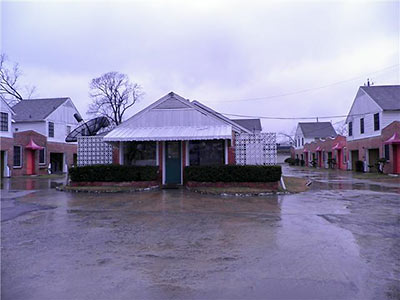
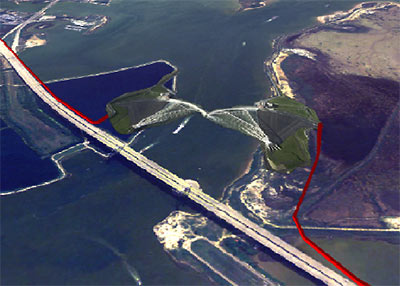
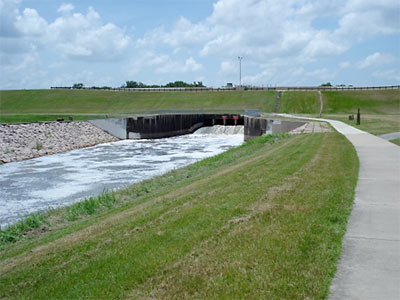
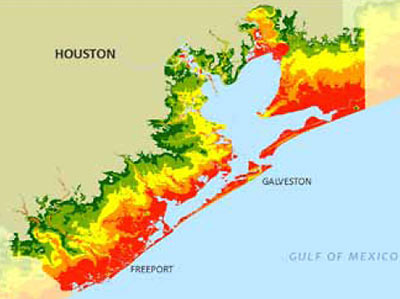
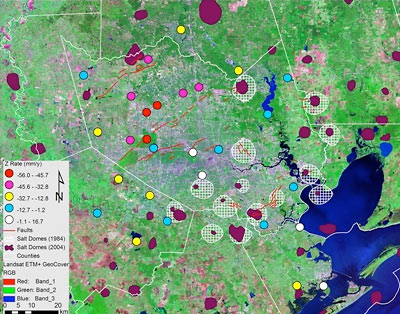
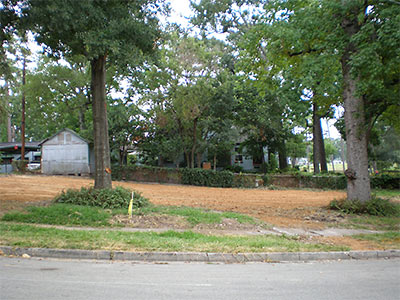

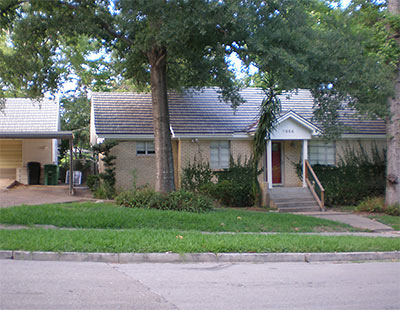
 A lawsuit will determine whether Scott Arnold can collect the remainder of the insurance money he expects for the loss of the famed Balinese Room to Hurricane Ike. In the meantime, the former owner of the waterside bar wanted to make sure his next nightspot would survive another big Galveston flood. So . . . is his new Granite Room, which opened on July 4th as part of the Voodoo Lounge complex at 26th and Mechanic streets, on an upper floor or something? Naaah.
A lawsuit will determine whether Scott Arnold can collect the remainder of the insurance money he expects for the loss of the famed Balinese Room to Hurricane Ike. In the meantime, the former owner of the waterside bar wanted to make sure his next nightspot would survive another big Galveston flood. So . . . is his new Granite Room, which opened on July 4th as part of the Voodoo Lounge complex at 26th and Mechanic streets, on an upper floor or something? Naaah.